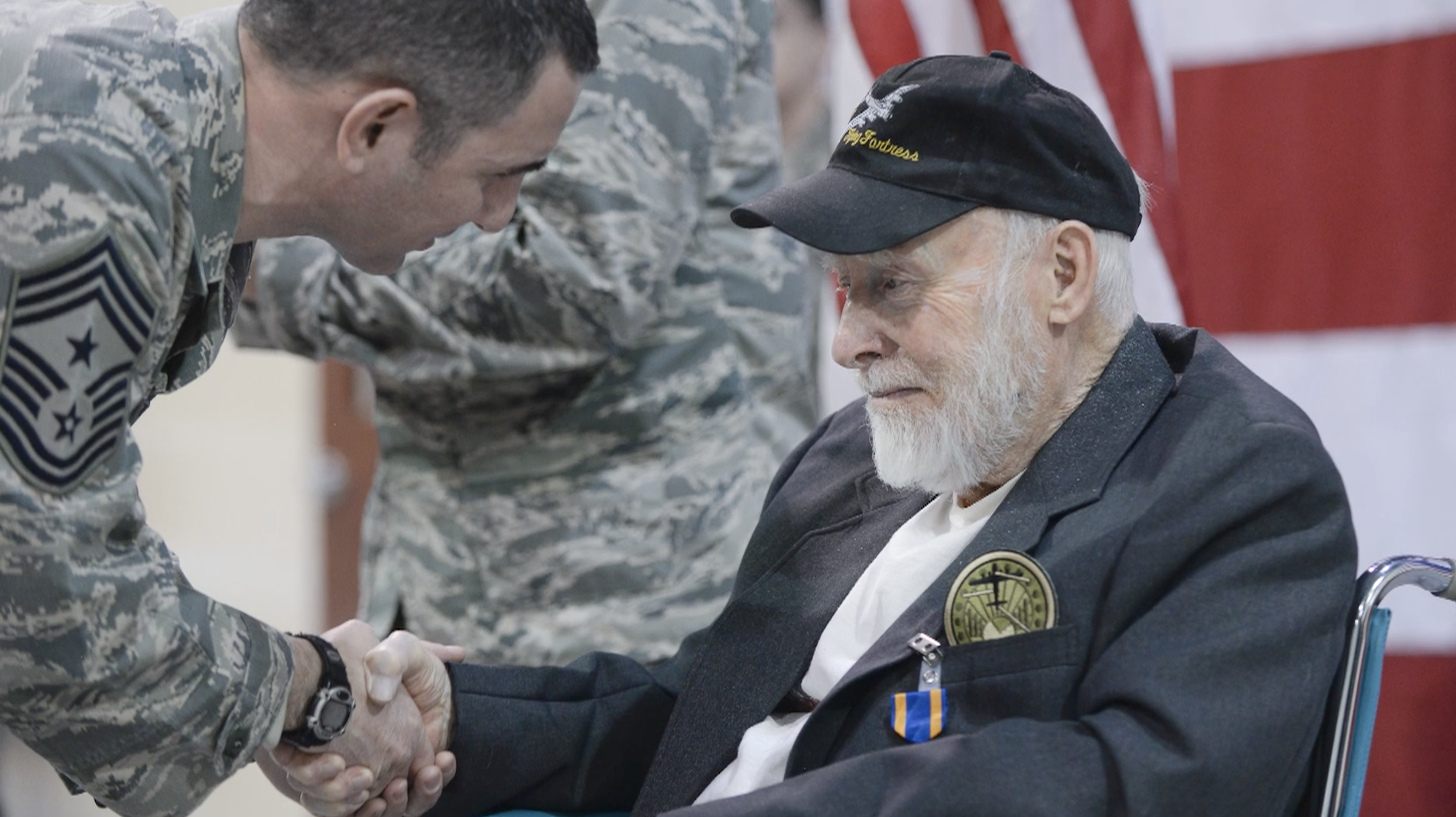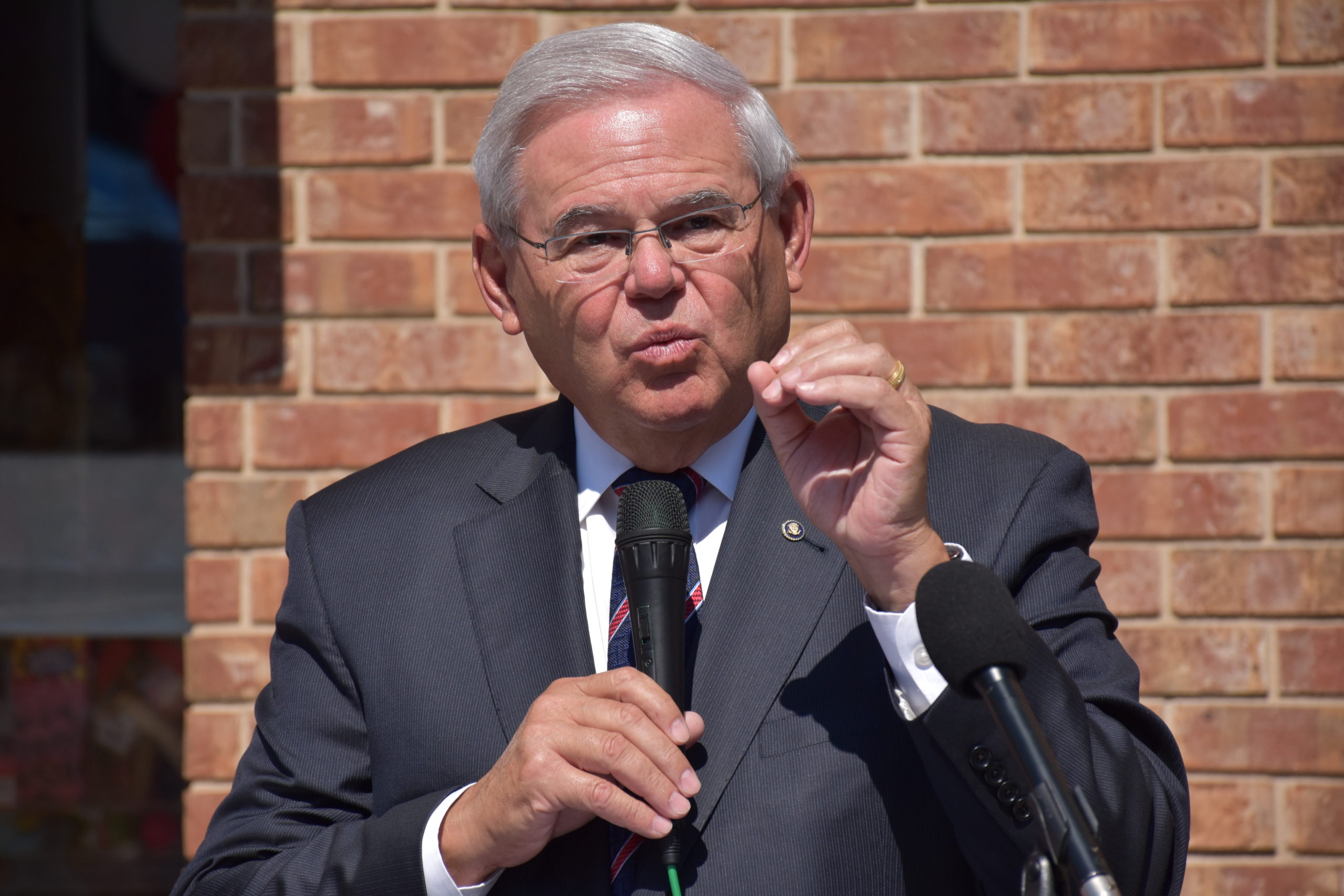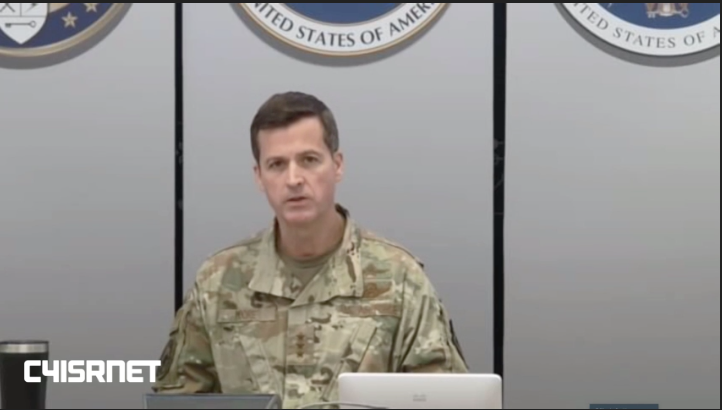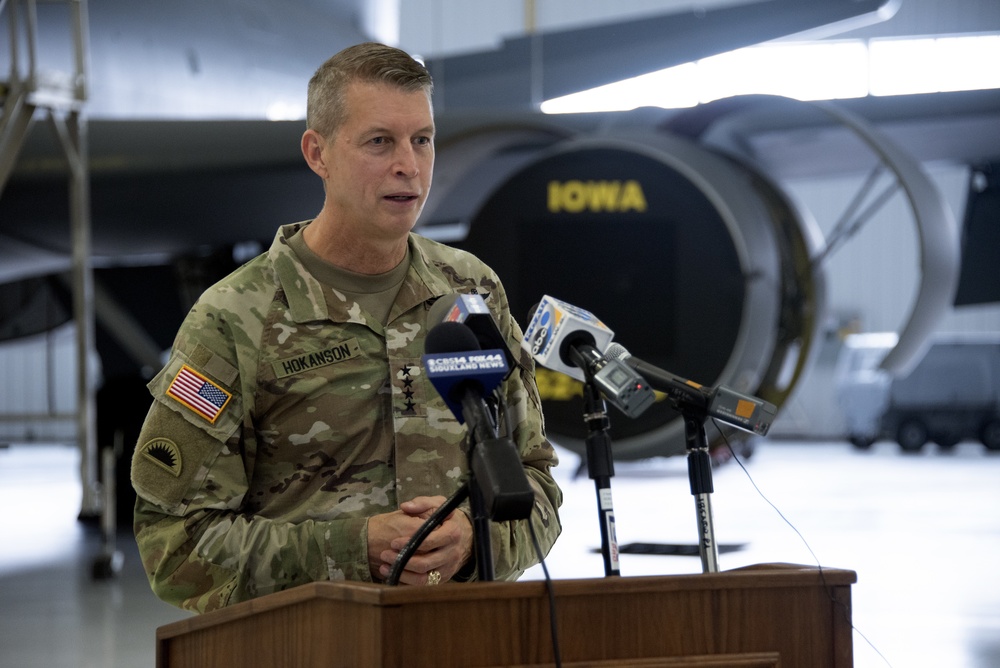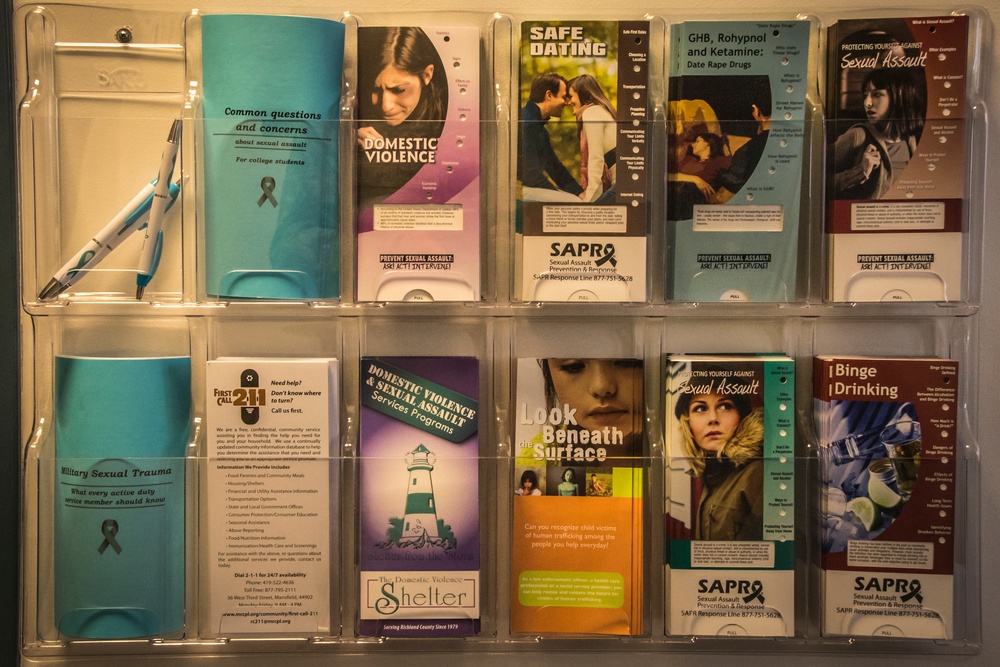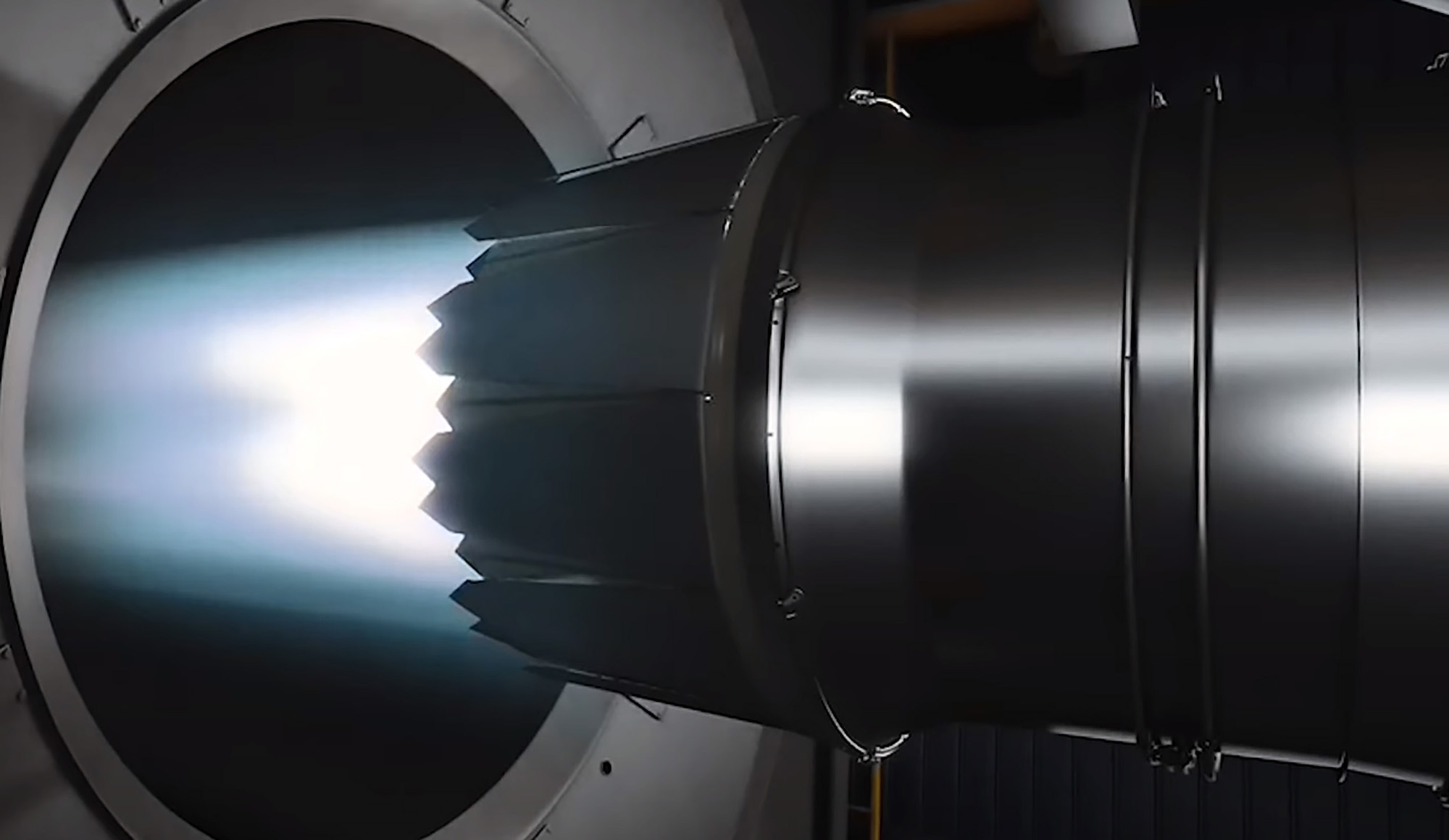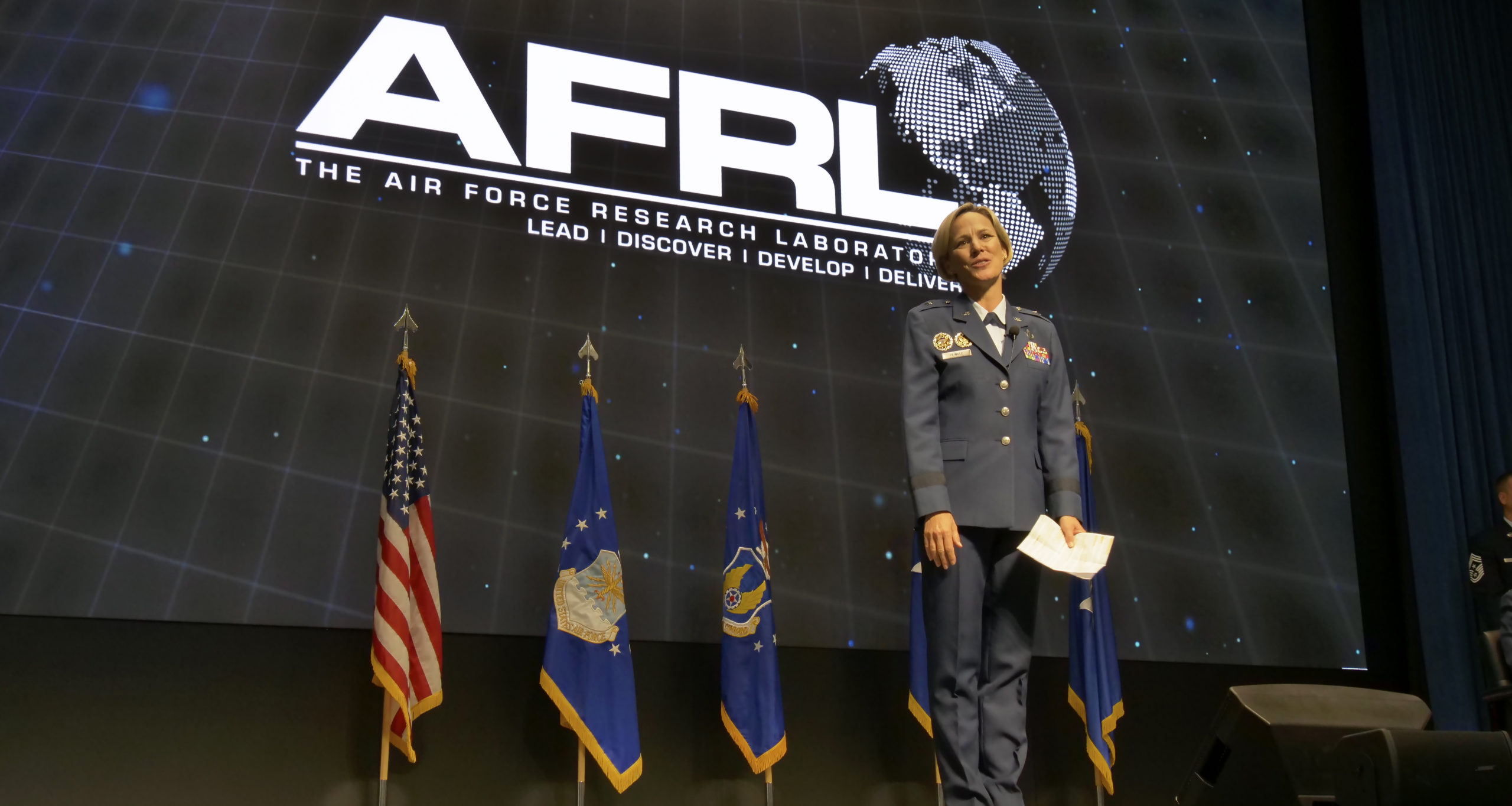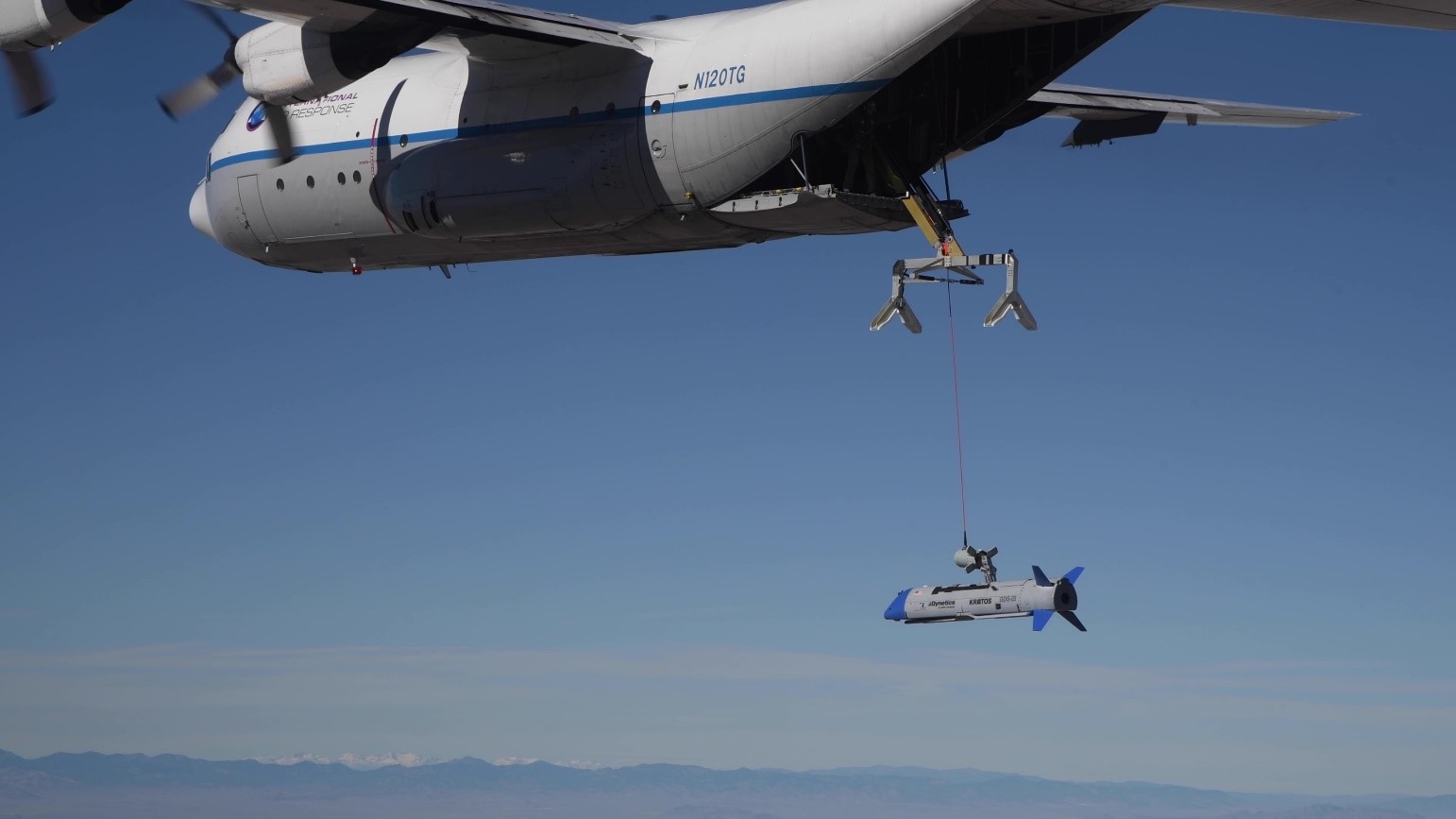“Each generation of Americans calls on its best to come and serve. In today’s all-volunteer military, not many need to answer that call. Those few who do, hue to a higher call,” says AFA president retired Lt. Gen. Bruce “Orville” Wright in his Veterans Day message. “We are all citizens, but only some have earned the privilege to be called veterans.”
